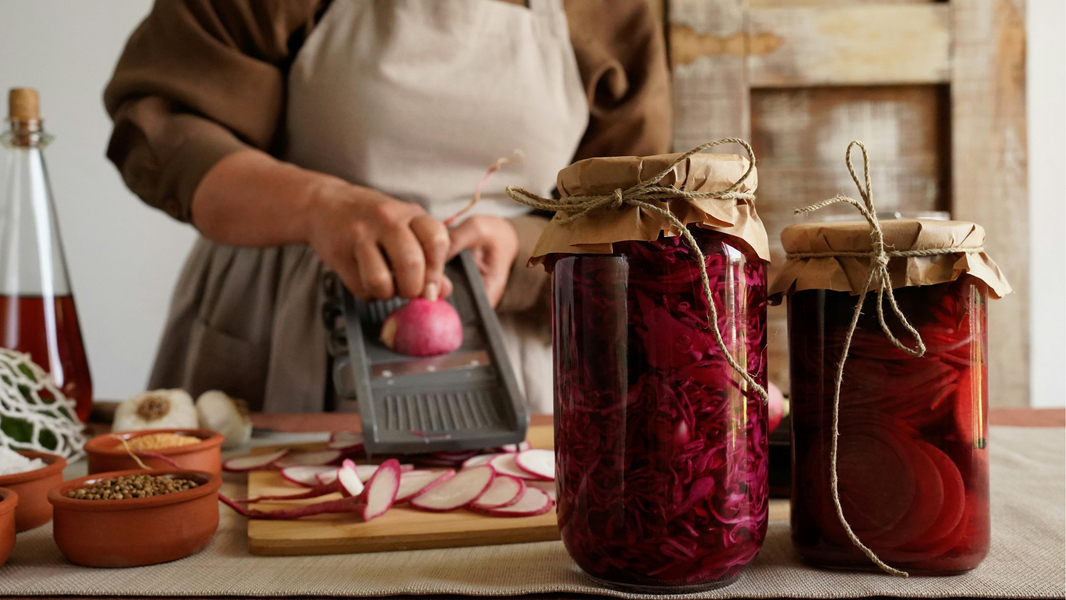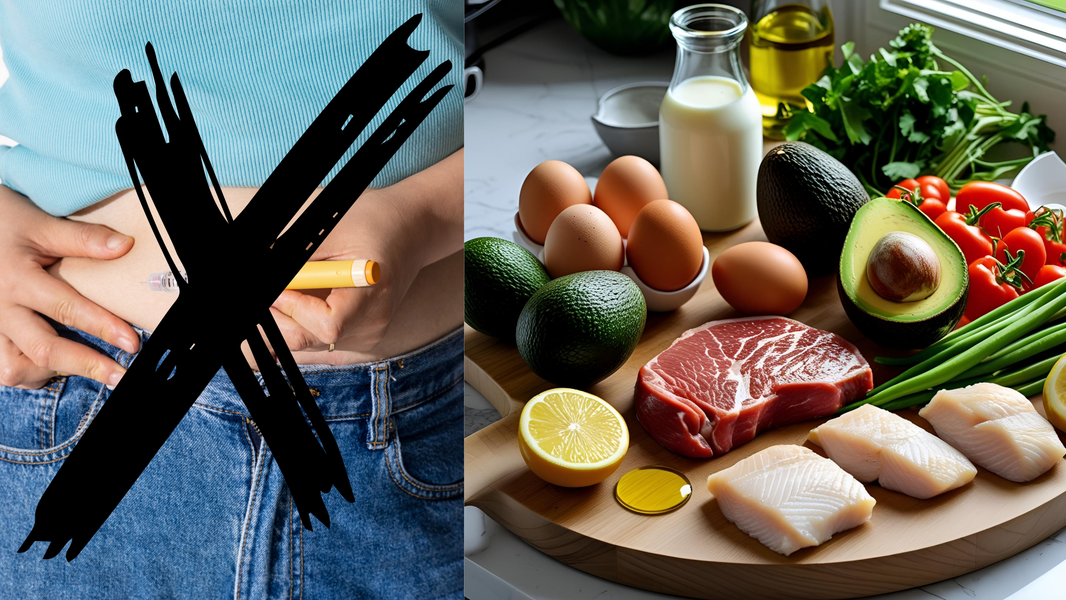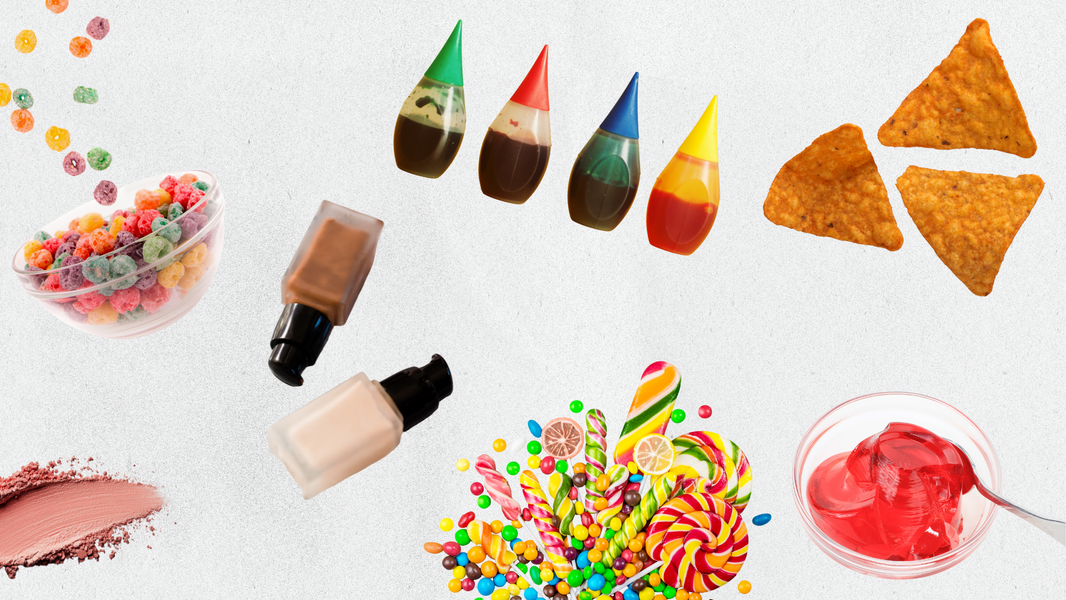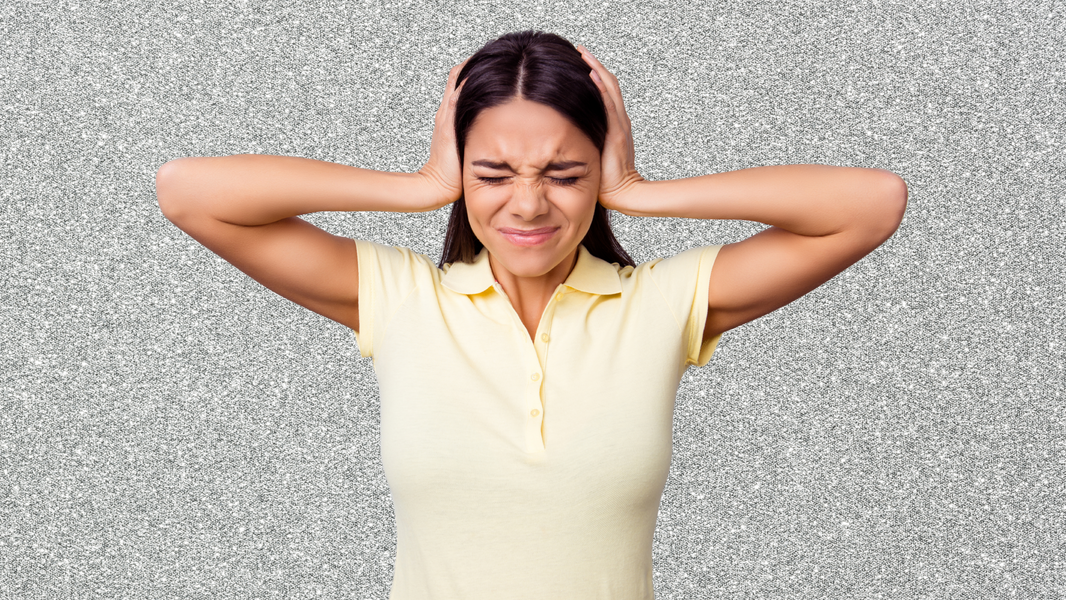80/20 GUIDELINES FOR SUCCESS
Now that you’ve successfully completed Level 1 and Level 2, the guidelines for Level 3 will reinforce and strengthen your new habit of eating the right food combinations to fuel your body efficiently.
Supplements:
Continue with the gut-healthy supplement pack daily to support digestive health and inflammation which is critical as you begin to consume more complex foods on a regular basis. They also aid in the body’s natural stress-fighting abilities keeping the adrenal system in balance so symptoms like low energy, restless sleep, cravings, anxiety, and your response to stress, in general, will continue to improve.
Meals:
Follow the Level 2 schedule for the timing of meals and snacks. Prioritize eating high-quality, grass-fed hormone/antibiotic-free meats and wild-caught fish, organic fruits, and vegetables whenever possible and adding heart-healthy fats.
Weekly Reboot – Key to Managing Your 20%:
When it comes to eating 20% of the foods you enjoy off-plan - they most likely include having some carbs, sugar, processed foods, alcohol, or dining out. You will undoubtedly feel the difference in how your body responds to these foods, so a weekly reboot is highly recommended.
This means following Level 1 food protocol for a few days a week for an internal reset. Most often it's done Monday through Wednesday after the weekend OR if your work requires meals out, travel, or entertainment reset over the weekend Friday through Sunday once you are back in your kitchen and can focus on meal prep. Use the meal plan worksheet from Level 1 to help keep you on track during the reset days.
Maintaining Health and Fitness Goals:
Maintaining and achieving health and fitness goals is not always an easy task. It requires motivation and dedication to stay on track and avoid sliding back into old habits.
The 60/40 or 50/50 pattern of eating is not recommended. Eating this way may have worked during the weight loss stage, but it is not sustainable or healthy in the long run. It is much better to clean up and adjust your diet so that it permanently fits your individual lifestyle.
If you are struggling to stay motivated, try making small lifestyle changes to ensure regular progress and success. Setting small achievable goals can be just as rewarding as a larger goal and will motivate you to keep working hard.
Don’t give up!
Exercising to Lose or Maintain Weight:
Regular exercise is an important component of a healthy lifestyle and can be used to help you reach your weight goals. Generally speaking, to lose weight your goal is to do aerobic exercise about four to five days each week for 45 to 60 minutes per session. To maintain your weight, your goal should be three to four days per week for a 30 to 45-minute session.
Cardio exercise, such as running, jogging, biking, swimming, or other aerobic exercise, is especially important for weight loss since it burns calories. Resistance exercises such as strength training, Pilates, or yoga can also help maintain or increase lean muscle mass, which increases metabolism, and aids in weight management. So to maximize results, mix cardio exercises with resistance training to get the most out of your exercise session.
For anyone new to exercise, it is recommended that you begin slowly and work your way up to a more intense exercise session. Consulting with a doctor or certified health or fitness professional is also recommended before beginning a new exercise program.
In summary, to lose weight 4-5 days of aerobic exercise for 45-60 minutes is efficacious. Additionally, 3-4 days of resistance exercise for 30-45 minutes can help you maintain your weight. To maximize results mix cardio and resistance exercises.
Not Drinking Enough Water? Here’s How to Get Started:
Are you having a hard time drinking enough water on a daily basis? We understand that it can be difficult – but the benefits of staying hydrated are definitely worth the effort.
The goal is to drink approximately 40-60 ounces of water a day unless otherwise recommended by your doctor. If you are not at that 40-60 ounce goal, we suggest building up slowly to prevent flushing out your electrolytes. Always drink to match thirst!
Try adding just one additional glass of water per day until you reach that 40-60 ounce goal. Then, you can work on increasing to the full recommended amount until you get there. Try keeping a reusable water bottle handy, and don’t forget to refill it often.
Drinking enough water every day is important for many reasons, such as keeping your blood pressure in a healthy range, supporting your organs, and helping to reduce headaches caused by dehydration. So if you find yourself feeling really thirsty, it’s probably time to drink some water.
We hope these tips help you to get started drinking enough water every day! Remember, it’s important to be mindful of your doctor’s suggested daily water intake and to take small steps to gradually build up to that amount.






